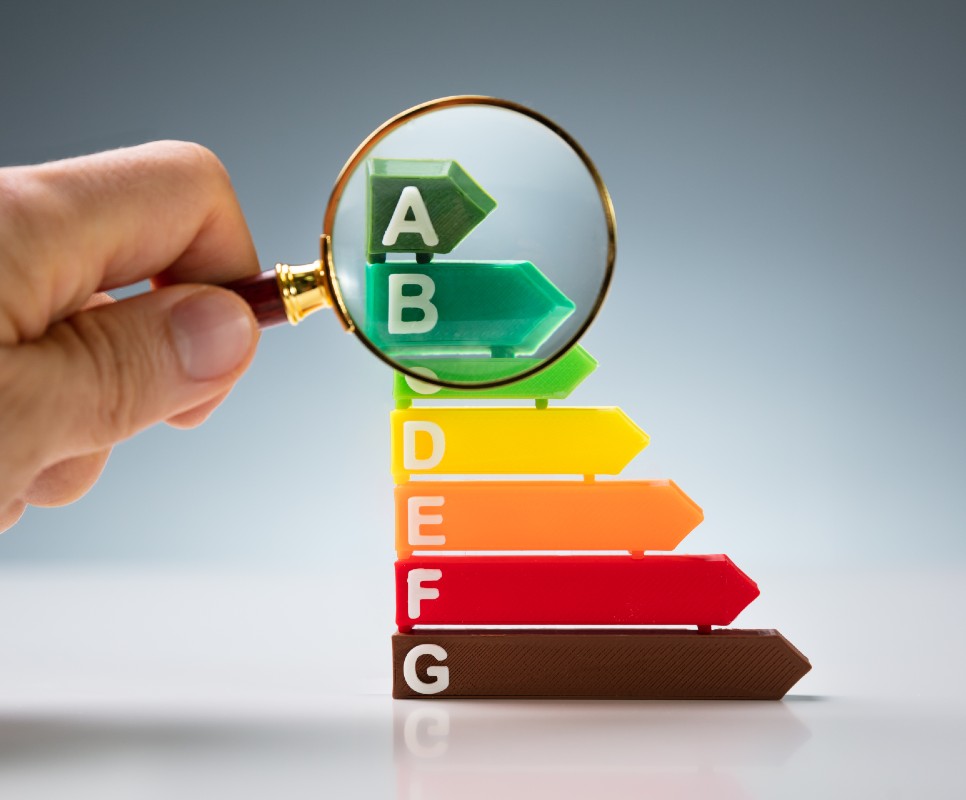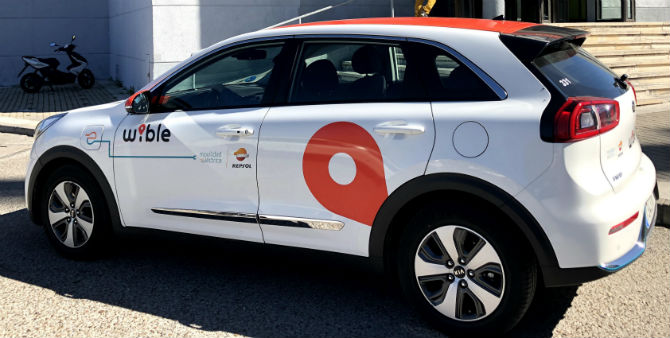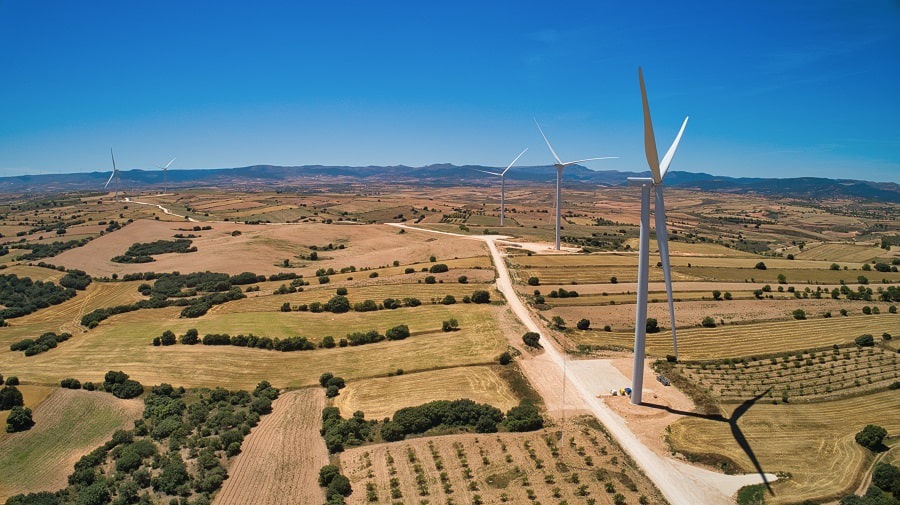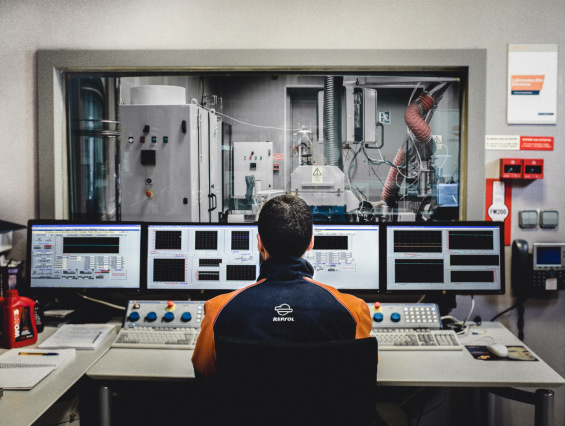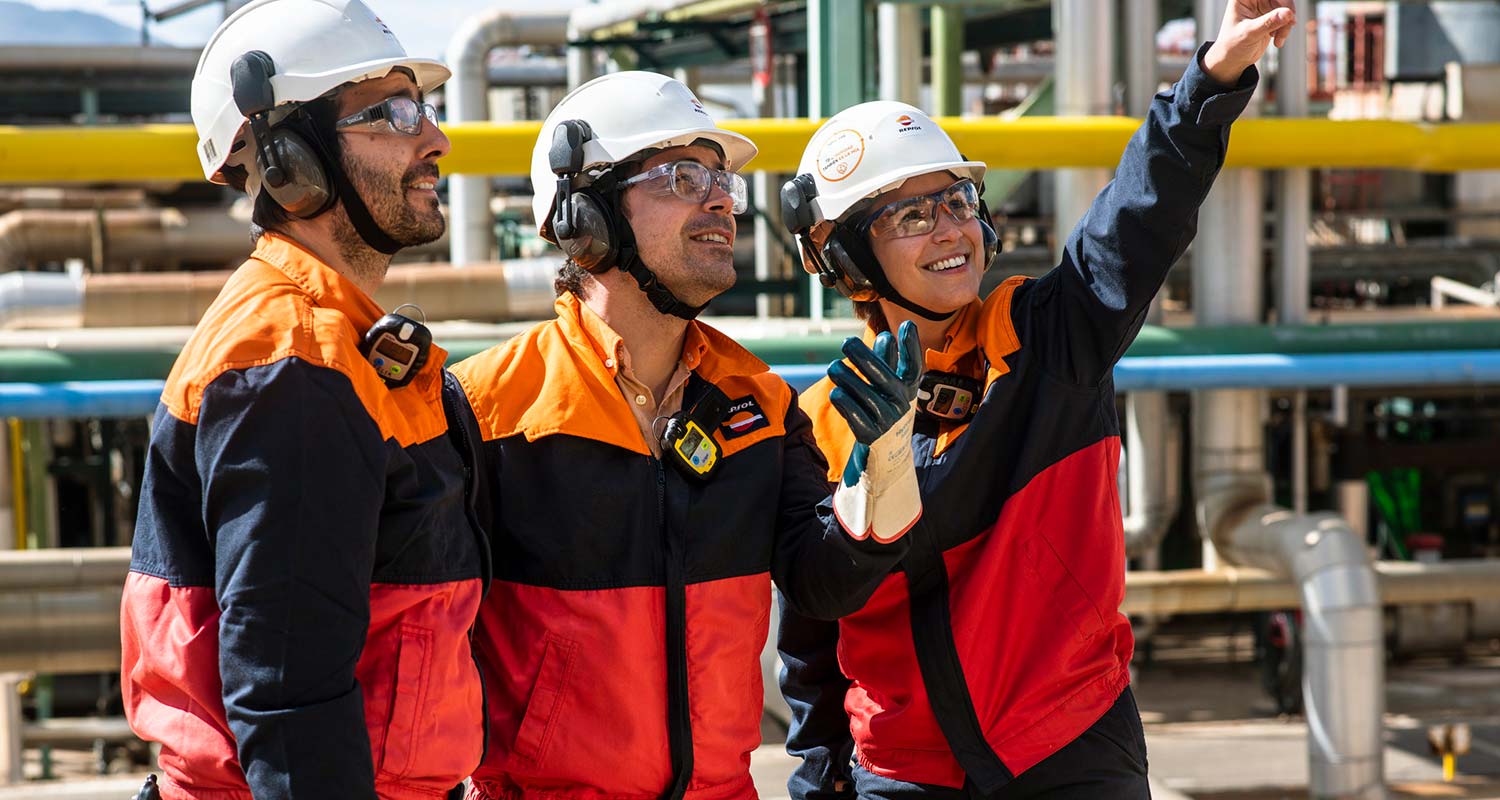What types of carbon footprints are there?
What types of carbon footprints are there?
Depending on the activity we're analyzing, distinct types of carbon footprint can be identified, considering the activity's typical GHG emissions per year.
Individual carbon footprint
Individual carbon footprint
It's based on the consumption habits of the person and takes into account GHG emissions associated with their means of transportation, electricity use for heating and cooling at home, eating habits, and consumption of goods.
Product footprint
Product footprint
This includes the GHG emissions from the stages of raw material extraction, production process, required energy generation, the transportation between stages, the customer's usage, and its treatment as waste.
Corporate footprint
Corporate footprint
It includes the GHG emissions inventory related to a company or organization's operations. It serves to identify energy efficiency measures within the organization, as well as action measures with other companies in the sector.

